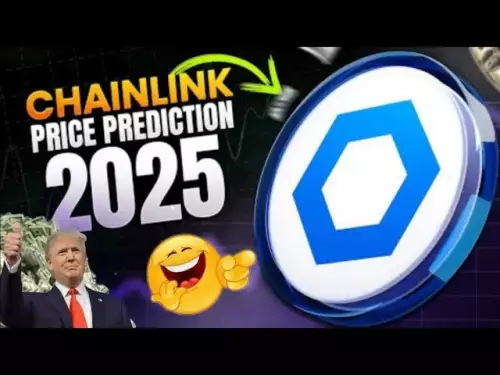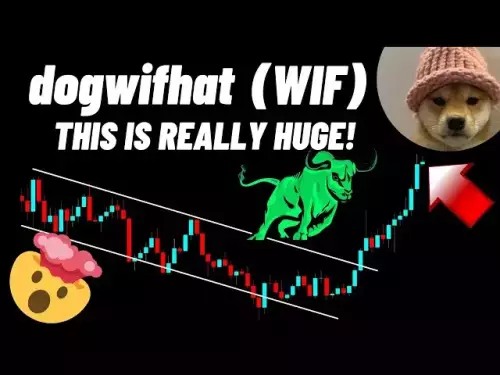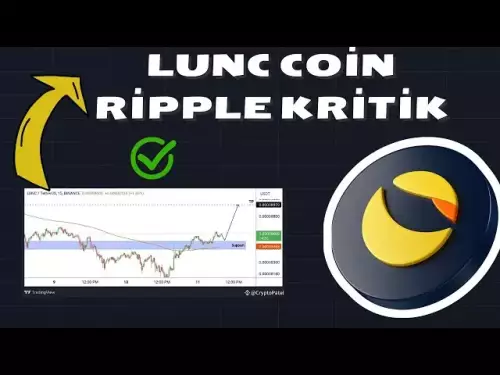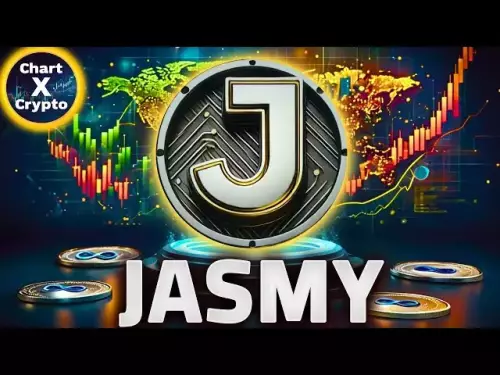-
 Bitcoin
Bitcoin $113100
1.82% -
 Ethereum
Ethereum $4583
-0.12% -
 XRP
XRP $3.000
-0.10% -
 Tether USDt
Tether USDt $1.000
0.01% -
 BNB
BNB $871.0
1.45% -
 Solana
Solana $211.3
4.42% -
 USDC
USDC $1.000
0.02% -
 Dogecoin
Dogecoin $0.2237
1.79% -
 TRON
TRON $0.3483
-0.39% -
 Cardano
Cardano $0.8701
0.99% -
 Chainlink
Chainlink $24.21
0.66% -
 Hyperliquid
Hyperliquid $48.65
-2.87% -
 Ethena USDe
Ethena USDe $1.001
0.01% -
 Sui
Sui $3.491
1.31% -
 Stellar
Stellar $0.3825
-0.95% -
 Cronos
Cronos $0.3379
52.05% -
 Bitcoin Cash
Bitcoin Cash $558.2
0.30% -
 Avalanche
Avalanche $24.70
1.17% -
 Hedera
Hedera $0.2399
-0.25% -
 UNUS SED LEO
UNUS SED LEO $9.561
0.24% -
 Litecoin
Litecoin $113.5
0.24% -
 Toncoin
Toncoin $3.162
-1.06% -
 Shiba Inu
Shiba Inu $0.00001263
0.93% -
 Polkadot
Polkadot $3.925
1.14% -
 Uniswap
Uniswap $10.02
0.93% -
 Dai
Dai $0.9998
0.01% -
 Bitget Token
Bitget Token $4.630
-0.99% -
 Monero
Monero $272.0
-1.55% -
 Aave
Aave $326.6
-0.82% -
 Pepe
Pepe $0.00001016
-0.11%
How can I use DAOs to participate in NFT project governance?
NFT ownership often grants governance rights in a DAO, allowing holders to vote on proposals and shape project direction through decentralized decision-making.
Aug 13, 2025 at 11:36 am

Understanding DAOs and Their Role in NFT Governance
Decentralized Autonomous Organizations (DAOs) are blockchain-based entities governed by smart contracts and collective decision-making from token holders. In the context of NFT projects, a DAO allows community members to influence key decisions such as treasury allocations, roadmap updates, and future minting strategies. Unlike traditional organizations with centralized leadership, DAOs distribute power across participants who hold governance tokens, often tied directly to NFT ownership. This structure ensures that contributors have a direct stake in the project’s direction. When an NFT project launches a DAO, it typically issues governance tokens to eligible NFT holders, enabling them to vote on proposals and shape the ecosystem.
How NFT Ownership Translates to Governance Rights
In many NFT projects, each NFT functions as a membership pass to the associated DAO. Projects use on-chain mechanisms to verify ownership and distribute voting power accordingly. For example, a project might implement a 'one NFT, one vote' system, or weight votes based on rarity tiers. The critical step is checking whether your NFT grants governance rights, which is usually outlined in the project’s whitepaper or governance documentation. Some projects use snapshot voting, where a specific blockchain block is chosen to determine eligibility. Others integrate real-time voting through platforms like Snapshot.org or Tally, which pull wallet data to verify NFT holdings. Ensuring your NFT is held in a compatible wallet like MetaMask is essential for participation.
Joining an NFT Project’s DAO: Step-by-Step Process
- Connect your cryptocurrency wallet to the project’s official governance portal
- Verify that your NFT is eligible for governance participation by checking the DAO’s membership criteria
- Ensure your wallet contains enough cryptocurrency (such as ETH or MATIC) to cover gas fees for on-chain voting
- Navigate to the voting interface, typically hosted on platforms like Snapshot, Tally, or Commonwealth
- Review active proposals, which may include funding requests, partnership approvals, or changes to royalty structures
- Cast your vote by selecting an option and confirming the transaction through your wallet
Some DAOs require you to stake or lock your NFTs in a smart contract to activate voting rights. This process often involves interacting with a decentralized application (dApp) where you approve the contract to access your NFT, then deposit it into a governance vault. After staking, you receive governance tokens or voting power proportional to your contribution. Always verify contract addresses through official channels to avoid phishing scams.
Engaging in DAO Proposals and Discussions
Active participation in a DAO goes beyond voting. Community forums such as Discord, Discourse, or dedicated governance discussion boards are where proposals originate. Members often debate ideas, suggest improvements, and draft formal proposals before they reach the voting stage. To influence outcomes, engage in these discussions early and provide constructive feedback. Many DAOs use a proposal lifecycle: temperature check (informal poll), discussion phase, formal proposal submission, and final vote. Submitting a proposal usually requires a deposit in governance tokens, which is returned if the proposal passes a minimum approval threshold. Use tools like Discord bots or governance dashboards to track proposal timelines and deadlines.
On-Chain vs. Off-Chain Voting Mechanisms
DAOs use different voting methods depending on cost, speed, and security requirements. Off-chain voting, conducted through platforms like Snapshot, does not require gas fees and relies on signed messages to record votes. This method is ideal for preliminary decisions or when gas costs are prohibitive. However, off-chain votes are not binding unless the DAO’s smart contracts are programmed to recognize them. On-chain voting, in contrast, executes votes directly on the blockchain, making them immutable and automatically enforceable. While more secure, on-chain voting incurs transaction fees and may be slower. Projects often use a hybrid model: off-chain for discussion and signaling, on-chain for critical treasury or protocol changes. Always check whether your vote is off-chain or on-chain and understand its binding nature.
Managing Risks and Ensuring Security in DAO Participation
Participating in a DAO requires vigilance. Never connect your wallet to unverified websites or suspicious links shared in public channels. Scammers often create fake governance portals to steal private keys or trick users into approving malicious contracts. Always double-check URLs and verify governance platforms through official project announcements. When approving NFT transfers for staking, limit permissions using tools like Revoke.cash to prevent unauthorized access. Be cautious of proposals that request large treasury withdrawals or contract upgrades—research the proposer’s history and ask questions in community channels. Multi-signature wallets and timelock mechanisms are often used to protect DAO funds, but not all projects implement them.
Frequently Asked Questions
Can I participate in a DAO if I own a fraction of an NFT through fractionalization platforms?Governance eligibility depends on the DAO’s rules. Most DAOs require full ownership of an NFT in a single wallet. Fractional ownership platforms like fractional.art may not confer voting rights unless the DAO explicitly recognizes fractional shares. Check the project’s governance documentation to confirm whether fractional holders are included.
What happens if I sell my NFT after voting on a proposal?Your vote remains counted, as it was cast when you held the NFT. However, you lose future voting rights once the NFT is no longer in your wallet. Some DAOs use historical block snapshots, so timing matters—verify whether your vote was recorded before the sale.
Do all NFT projects have a DAO?No. While many high-profile NFT projects have launched DAOs, only projects committed to decentralization establish governance structures. Research the project’s long-term vision and check their official website or documentation to determine if a DAO exists.
Is it possible to delegate my voting power to someone else?Yes. Many DAO platforms support delegation, allowing you to assign your voting rights to another address without transferring NFT ownership. This is useful if you trust a community leader’s judgment. Use the delegation feature in your governance dashboard, ensuring the recipient address is verified and legitimate.
Disclaimer:info@kdj.com
The information provided is not trading advice. kdj.com does not assume any responsibility for any investments made based on the information provided in this article. Cryptocurrencies are highly volatile and it is highly recommended that you invest with caution after thorough research!
If you believe that the content used on this website infringes your copyright, please contact us immediately (info@kdj.com) and we will delete it promptly.
- Apecoin, Arctic Pablo, and ROI: What's the Hype?
- 2025-08-28 12:45:14
- Tether, Bitcoin, and Stablecoins: Decoding the Crypto Chessboard
- 2025-08-28 13:05:12
- Whale Signals in a Bearish Market: The Memecoin Landscape
- 2025-08-28 13:30:14
- Mastercard, Circle, and Stablecoin Settlements: A New Era for Digital Commerce?
- 2025-08-28 10:45:14
- Ripple, Decentralized Governance, and XRP: Institutional Adoption on the Rise
- 2025-08-28 13:35:13
- JU Token's Web3 Growth Strategy: Riding the Wave or Building a Foundation?
- 2025-08-28 13:45:13
Related knowledge
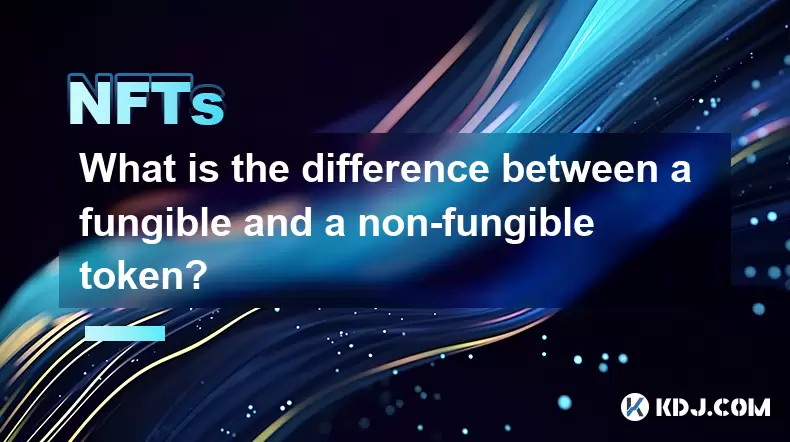
What is the difference between a fungible and a non-fungible token?
Aug 11,2025 at 12:07pm
Understanding Fungibility in Digital AssetsThe concept of fungibility is foundational to understanding both fungible and non-fungible tokens (NFTs) in...
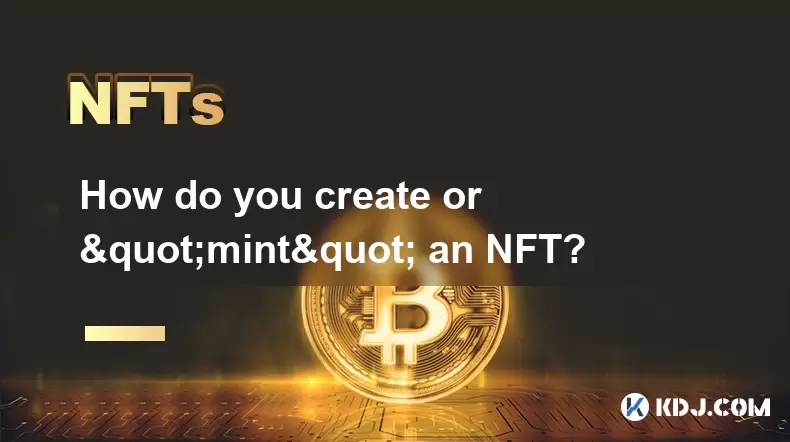
How do you create or "mint" an NFT?
Aug 09,2025 at 08:56pm
Understanding What an NFT Is Before MintingBefore diving into the process of creating an NFT, it's essential to understand what an NFT actually is. An...
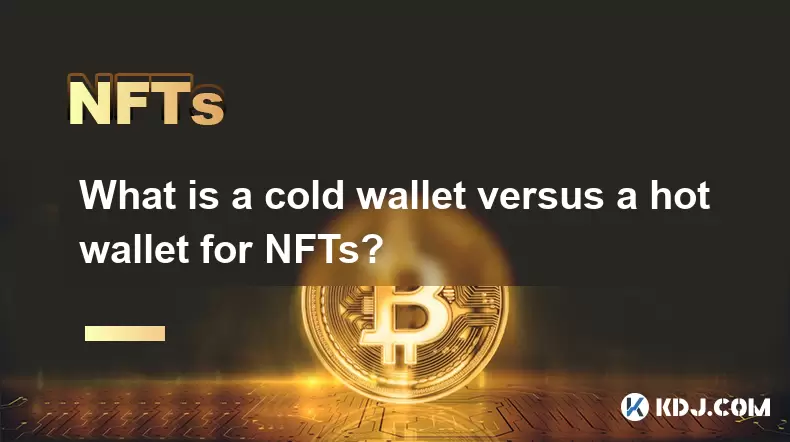
What is a cold wallet versus a hot wallet for NFTs?
Aug 10,2025 at 10:49pm
Understanding Cold Wallets and Hot Wallets in the NFT EcosystemIn the world of NFTs (Non-Fungible Tokens), digital ownership and security are paramoun...

How do I protect my NFTs from being stolen?
Aug 11,2025 at 06:28pm
Understanding the Risks to NFT OwnershipNFTs, or non-fungible tokens, represent unique digital assets secured on blockchain networks. Despite their cr...
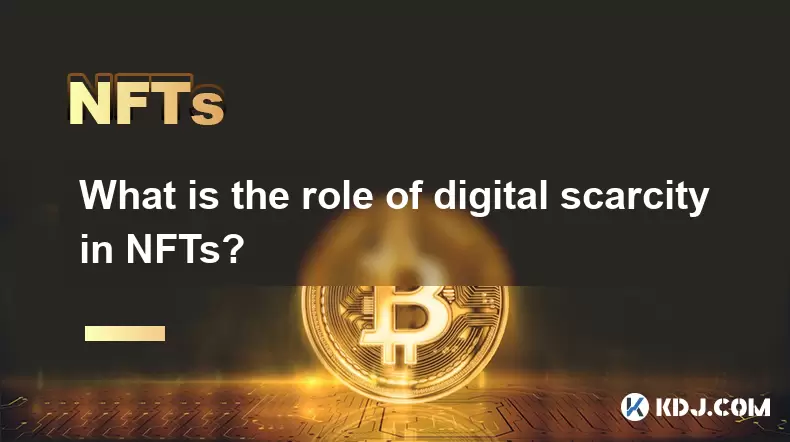
What is the role of digital scarcity in NFTs?
Aug 11,2025 at 11:36pm
Understanding Digital Scarcity in the Context of NFTsDigital scarcity refers to the deliberate limitation of digital assets to create value through ra...
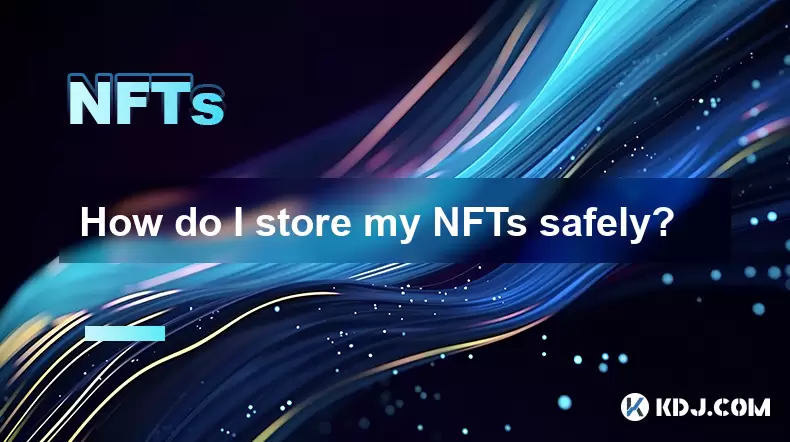
How do I store my NFTs safely?
Aug 13,2025 at 11:36am
Understanding the Nature of NFT OwnershipWhen you purchase an NFT (Non-Fungible Token), you are not storing a file like a photo or video directly on y...

What is the difference between a fungible and a non-fungible token?
Aug 11,2025 at 12:07pm
Understanding Fungibility in Digital AssetsThe concept of fungibility is foundational to understanding both fungible and non-fungible tokens (NFTs) in...

How do you create or "mint" an NFT?
Aug 09,2025 at 08:56pm
Understanding What an NFT Is Before MintingBefore diving into the process of creating an NFT, it's essential to understand what an NFT actually is. An...

What is a cold wallet versus a hot wallet for NFTs?
Aug 10,2025 at 10:49pm
Understanding Cold Wallets and Hot Wallets in the NFT EcosystemIn the world of NFTs (Non-Fungible Tokens), digital ownership and security are paramoun...

How do I protect my NFTs from being stolen?
Aug 11,2025 at 06:28pm
Understanding the Risks to NFT OwnershipNFTs, or non-fungible tokens, represent unique digital assets secured on blockchain networks. Despite their cr...

What is the role of digital scarcity in NFTs?
Aug 11,2025 at 11:36pm
Understanding Digital Scarcity in the Context of NFTsDigital scarcity refers to the deliberate limitation of digital assets to create value through ra...

How do I store my NFTs safely?
Aug 13,2025 at 11:36am
Understanding the Nature of NFT OwnershipWhen you purchase an NFT (Non-Fungible Token), you are not storing a file like a photo or video directly on y...
See all articles





















